What do you feel? Was there a flood of emotions that take you back to your childhood where you can hear your grandmother chiding you and your siblings for rolling in the mud?
“Hera ta ina haru maato ma dhali mali bhae raaecha!”
Or was there a tug on your heart? Where the word when spoken aloud, took you back to those lost years where you had given your youth to fight for a cause that you truly believed. You were told that it was all…. “Hamro Maato ko lagi..”
Most of us may no longer be growing our own food but just like the trees in the forest all of us are also strongly rooted in the soil in myriad ways.
Today on World Soil Day, as I hold a handful of our forest soil and let it slowly pass through my fingers, let me share the learnings of my permaculture journey so far and unravel some of the fascinating mysteries of the soil for you.
To start with, let me talk about this soil that I hold in my hand. It’s rich, dark and loamy. There are some creatures that are visible to me but most are invisible to my naked eye. Would you believe me when I tell you that this lump of forest soil that I hold in my hand has more living beings than the total human population on this planet? Yes, Soil is a living being. It is teeming with more life than any other element of nature.
Our relationship with the soil in our surroundings is linked to our well being and state of our mind too. Walk into a barren land with brittle soil and you will reach a house that is inhabited by folks that are bitter about everything in life. Walk into a land that is bearing fruits grown out of chemical fertilisers and you will reach a corporate office with suited and booted folks who define their needs by their greed. Walk into a forest where the indigenous tribes have been living sustainably for centuries and you will come across folks with the widest of smile and loudest of laughter. Folks who live in rich culture and have a lot of free time for music, dance and arts.
The health of the soil is directly proportional to our spiritual health.
Humans with their unique ingenuity have shared the closest bond with soil than other species on this planet. How have we drifted away from from being prime custodians of the Earth to now being its primary molester? Perhaps, what can we expect in a world where our school systems do not have a subject on ‘How to grow your own food’ and we mostly teach children to look at soil as dirt and filth and not as a thriving, living entity that sustains life on this planet.
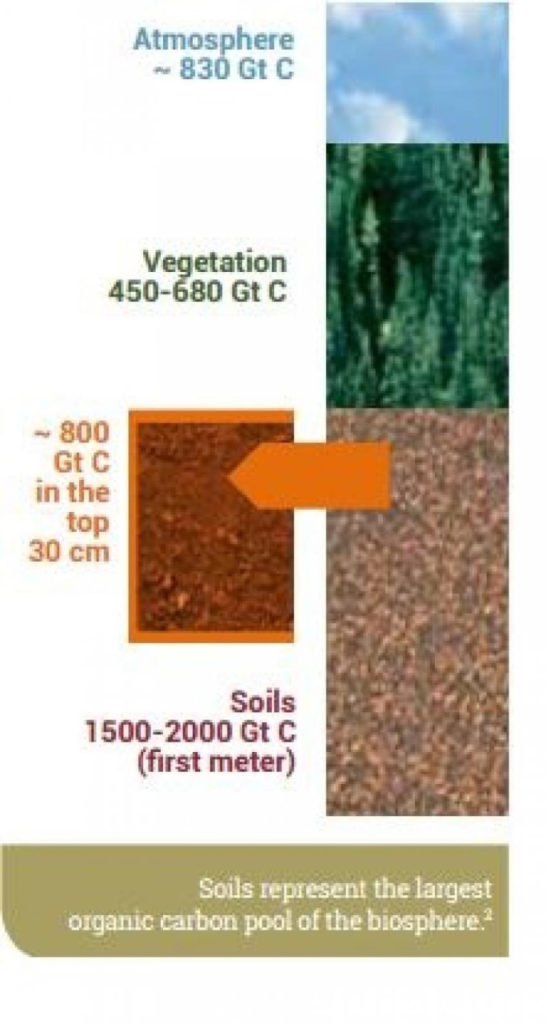
The past three years of practising permaculture have been an eye-opener for me and my fellow custodians of the Tieedi forest. Comparatively, it been a short journey but here are a few things that we have discovered so far:
- Soil is shy: We have always been fed imagery of farmlands devoid of tree cover. Land that lies naked in-between the growing season. This imagery has led us to believe that it’s normal and natural for the soil to be exposed to sun and rain but nothing can be further from the truth than that. Our re-foresting experience has taught us that the soil is shy. She prefers her modesty to be hidden and doesn’t like to be seen. Exposing her to harsh sun, wind and rain will swiftly lead to her ageing and degradation. Walk into an old wood forest and observe for yourself. Do you ever see the forest soil? Isn’t it always protected by layers and layers of humus and organic matter? That’s the natural state of the soil.
- Soil is the world’s greatest recycler: Feed it anything that is biodegradable and over a period of time it converts that into nutritious food for its micro-organisms. This facet of soil is something that we have taken for granted and we tend to dump everything in it hoping it will recycle it for us. But man-made things like plastic and glass don’t biodegrade as quickly as the naturally made materials and hence, the conflict. Our systems have a linear design for short term gain and profit whereas nature always works in a circular design that creates no waste.
- The best place to store water is in the soil: As the world reels in a severe shortage of potable water, it is important that we understand this interesting relationship between water and soil. The solution to overcome water shortages doesn’t lie in building more concrete storage tanks or dams or redirecting the flow of the rivers. The simplest solution is to capture as much rainfall as possible within the soil itself. If you come to Tieedi forest during winters you will witness a fascinating phenomenon where the river upstream is dry but the water is gurgling through our forest. Is it possible to create your own rivers? We realised that it is indeed possible by implementing a network of swales and berms that capture the flow of rainwater during monsoons and keep it stored as swimming pools held together by the roots of the trees. The water is slowly released by the soil as trickles that form a river during the dry winter season. Could it be that the reason why our streams run dry in our villages is that we have been eager to replace our natural pathways and replace it with cemented pathways as part of the badly executed MNREGA (100 days rural employment guarantee) scheme of the Govt.? We don’t know for sure but our experience points to the fact that the more concrete you use aboveground your water table keeps sinking underground.
- Healthy Soil is the key to fight the climate crisis: One of the keys to fighting the climate crisis and global warming phenomenon seems to lie in nurturing healthy soil that’s teeming with life. The carbon sequestration ability of the soil to fight climate change is hugely underestimated.“The world’s soil store more carbon than the planet’s biomass and atmosphere combined. An increase of just 1% of the carbon stocks in the top meter of the soil would be higher than the amount corresponding to the annual anthropogenic CO2 emissions from fossil fuel burning.”(Source: iucn.org)
- Wood Wide Web: When you have so much going underneath the ground there has to be some kind of interconnectedness that determine its functioning and synchronisation. Yes, long before we invented the internet there existed an even more complex fungal network that connects the life underground. It has been termed as the Wood Wide Web. The world’s first internet!
Scientists predict that if the current rate of degradation continues we have just 60 years of farming left! So, what can we do as individuals to restore the balance and undo some of the damage?
Here are some of our learnings on how we can evolve into better custodians of the soil:
- No till agriculture: When we first started practising permaculture, a lot of folks looked at us incredulously when we said that we will not till our land. In fact, in our language, farming itself is referred to as ‘Bari khannu’ but if you look at the forest no one tills the land and yet its soil is rich and fertile. Tilling the land is akin to saying to the soil “Give me all that you have right here, right now! I will return some of it back to you later (either through organic or inorganic fertilisers)”. Practising no-till agriculture means that you first give to the land before you decide to take from it.
- Mulching: Keep the soil covered with a layer of biomass. Depending upon the time of year and availability of the biomass, it could be a thin or thick layer of leaves, straw, wood shavings or even green vegetable waste. This simple act will also ensure that you save up on the water too as mulched gardens need considerably less watering during dry seasons.
- Cover Cropping: If you are not growing anything on the land for food production, ensure that there is always something growing as a cover crop so that the topsoil remains intact and is not washed or blown away by the rains or wind respectively. When the wild boars made it untenable for us to grow anything in our terraces till we fenced the area, we let Perilla (Silam) grow wild in our terraces till we started working on our terraces again. This helped us in keeping the topsoil fertility intact until the next planting season.
- Multi-Cropping: Imagine how you would feel if you made to eat just rice for breakfast, lunch and dinner. No lentils, no myriad vegetables no greens just rice! Oh yes, you will be kept alive but slowly your body will start denigrating due to the lack of nutrient diversity that is provided by food diversity. Similarly, growing only one type of crop is severely detrimental to the land. Throw in some diversity! Let there be some natural chaos in your gardens. Your soil will be happy!
- Avoid chemicals and hybrid seeds: The Green Revolution may have ensured food security for a couple of generations of Indians but in the bargain, we lost out on organic and natural farming practices that were centuries old. With the incessant dumping of chemicals and usage of hybrid seeds, we also lost out on the soil’s natural ability to regenerate itself and the wonderful seed diversity that was prevalent in India.
Our experience of growing our own food has busted a few myths for us that surrounds the natural farming movement. No, your harvest will not be reduced. Your crops will not be any smaller in size than the food that is produced with chemicals. As a matter of fact, your crops will be a lot more dense with nutrients when you grow it naturally.

But is this soil activism restricted only to farmers or is it something that can be practised as an individual who has a different occupation and is living away from the forest or open farmlands?
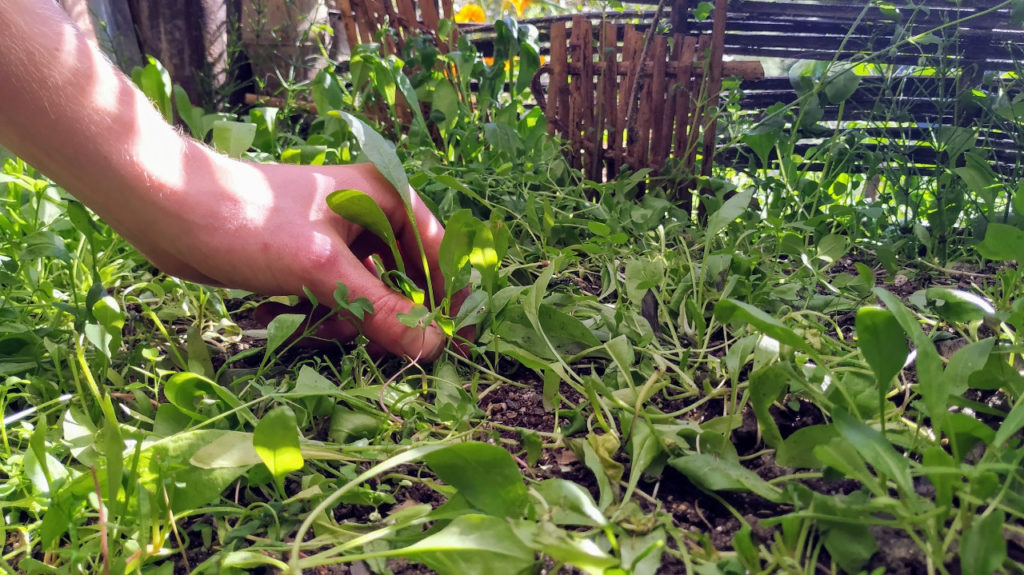
Yes, you can harbour love and respect for the soil wherever you are by implementing the following changes in your lives:
- Manage your waste better: Take responsibility for your own waste until the govt. infrastructure is upgraded to manage the waste in a better way. Currently, in most places its a system of ‘collect from one place and dump it in another’. Unfortunately, in the case of waste, there is no such thing as ‘away’. What’s worse is that dumping grounds are occasionally set on fire to reduce the volume of waste, thereby releasing toxic chemicals called dioxins and furans in the air. These chemicals are carcinogenic, to say the least, and cause immense harm to the health of the people living in its vicinity. The leachate from this dumping grounds has a direct impact on the quality of the soil around it. Sometimes it takes decades for the soil to revive after being exposed to heavy metals and chemicals from improper disposal of waste.
- Compost: It is not just Mother Nature who can create soil. She has also taught us to create soil. Yes, isn’t it amazing that amongst all the species on this planet we are the ones that have been blessed with this knowledge to partner with Mother Nature in creating soil that in turn harbours life for millions of other microorganisms? Composting is a simple process of mimicking how soil gets created in a forest by creating an ideal environment for microorganisms to thrive in an enclosed and controlled area. You can compost anywhere! In your backyard to your one-room apartment to your balcony to even right in your kitchen. If done right, it doesn’t smell or attracts any flies. Your simple act of composting will ensure that you stop 60 to 80% of waste going to landfills and convert that into the highest and richest form of soil that is also known as Black Gold. Visit us at Tieedi Forest Garden for free composting lessons or call us at 91-8250612067.
Lastly, on this World Soil Day, with one hand over heart, join us in taking this pledge…
“HamroMaato or our soil that has fed us for over a million years is now asking us to help her. She needs to be nurtured and taken care of until she feels better and is able to regenerate herself. I promise to take care of her. It’s the least I can do to someone who in the true sense is the Mother for all of us.”
Writes: Utsow Pradhan, Founder & Director – Tieedi Forest Garden

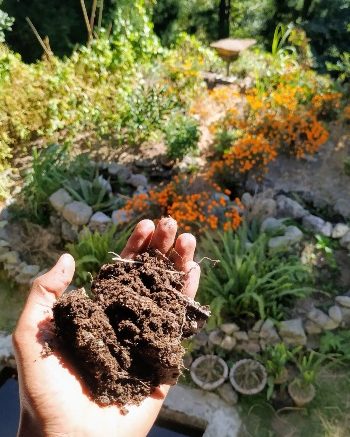
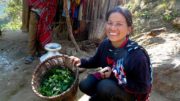

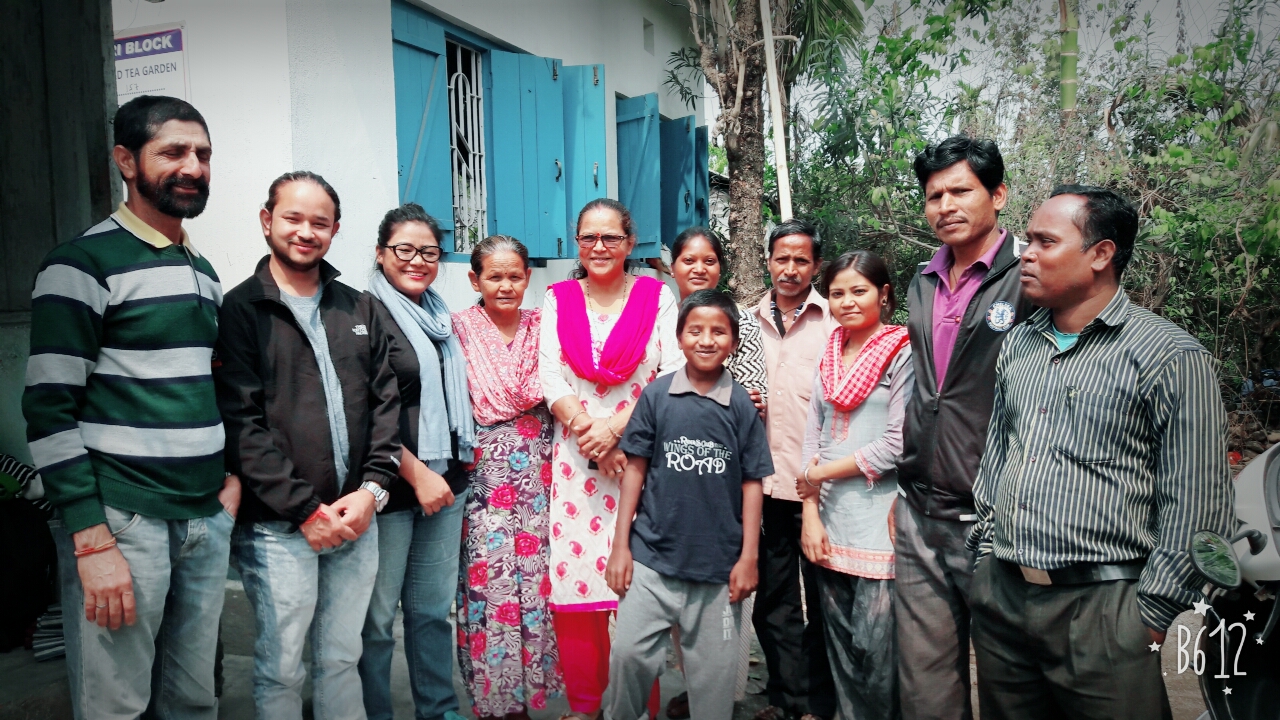

A thorough read gives positive vibes and our own behaviour towards maato around us.